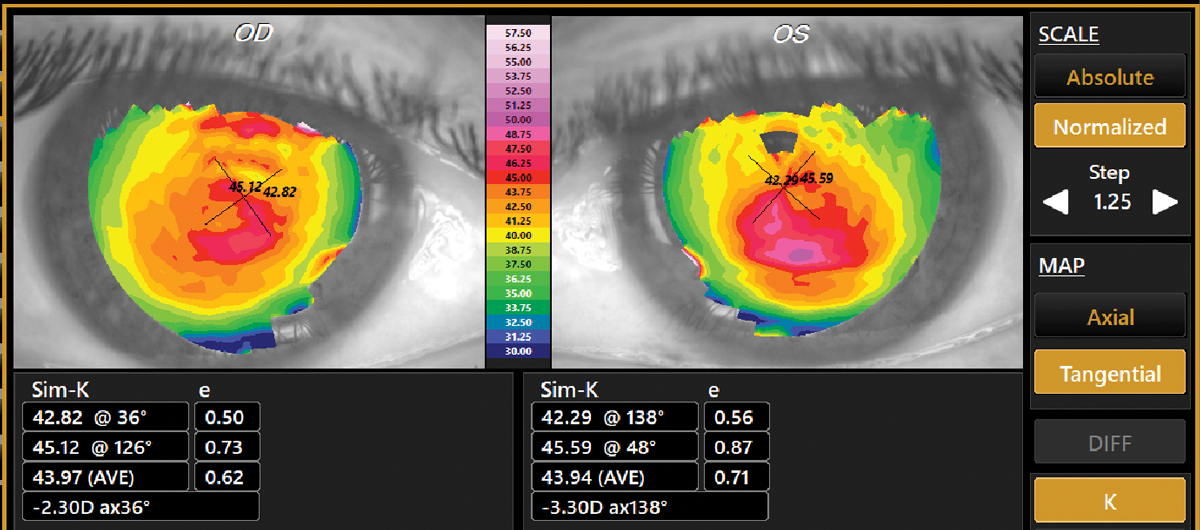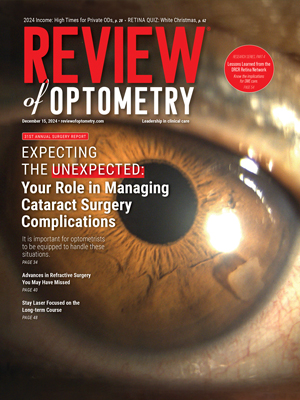Early interventions such as crosslinking as critical for halting keratoconus progression and reducing the need for future invasive treatments such as keratoplasty. However, like most in healthcare delivery, keratoconus treatment isn’t equitable across patient populations. Researchers recently investigated health care trends in keratoconus patients and associated comorbidities. Their findings, published in the American Journal of Ophthalmology, showed that keratoconus treatment is fraught with socioeconomic disparities.
The retrospective study included 3,224 patients from the University of Illinois Health database from 2020 to 2024. A total of 1,612 had an ICD-10 diagnosis of keratoconus and the other half made up the control group. The researchers employed regression analysis to evaluate associations between socioeconomic traits such as age, sex, race/ethnicity, insurance status and neighborhood social vulnerability, and rates of cross-linking and keratoplasty.
 |
| In the study, Black patients were found to present with more advanced disease. The authors say this may be because they don’t receive crosslinking early in the disease state. Photo: Brian Chou, OD. Click image to enlarge. |
They reported that female patients received less keratoplasty than male patients, and that Black patients received less crosslinking treatment than white patients. Those with Medicaid or no insurance also received less treatment compared with commercially insured patients. Patients in socially vulnerable neighborhoods also received less cross-linking and keratoplasty.
Overall, the researchers identified Black female patients as the most vulnerable group, receiving fewer procedures than white female patients or Black male patients. Black and Hispanic patients presented with more severe disease. Among the keratoconus study population, there was a high proportion of Down Syndrome, and a lower proportion of diabetes.
The researchers wrote in their American Journal of Ophthalmology paper that “these findings underscore the need for a better understanding of the systemic barriers contributing to these disparities, including socioeconomic factors, health care access and provider bias.”
“Moving forward, addressing these disparities will require both targeted interventions and adherence to established practice guidelines to mitigate bias in care delivery,” they continued in their paper. “Screening high-risk populations, such as minorities and individuals with lower socioeconomic status, will be critical to identifying those who may benefit from early intervention.”
| Click here for journal source. |
Erukulla R, Soleimani M, Woodward M, et al. Socioeconomic and demographic disparities in keratoconus treatment. Am J Ophthalmol 2024. [Epub ahead of print]. |


